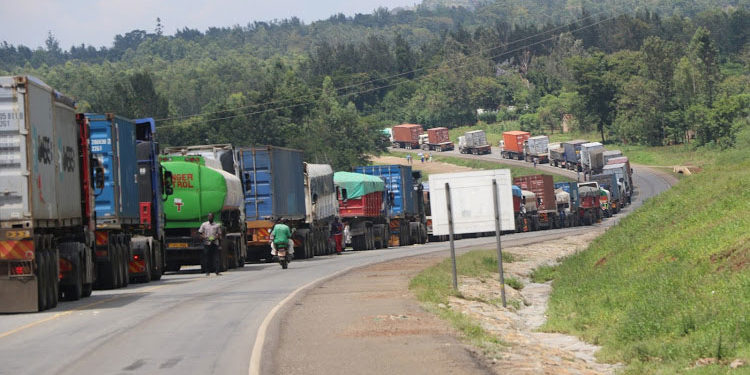The Northern Corridor Transit and Transport Coordination Authority (NCTTCA) is upgrading the Northern Corridor Transport Observatory toolkit to improve efficiency in reporting in a collaborative initiative with the TradeMark East Africa (TMEA).
The expanded toolkit will include a data collection tool running on mobile devices. This enhanced dashboard will have a customized Geographic Information System (GIS) with an ability to spatially feature selected indicators on the map at various nodes along the corridor.
“Key features include data mining and business intelligence capabilities aimed at supporting decision-making processes for different corridor participants. The toolkit will also incorporate a universal data exchange mechanism to automate data exchange from the sources as well as reports and recommendations modules as the repository for all reports and publications on the Corridor performance,” NCTTCA said in a statement published on its website.
The new system is expected to track and report performance on the expanded infrastructure that include the Standard Gauge Railway and Inland Container Depots (ICDs) in Kenya, Rwanda and Uganda.
Flexibility and adaptability of the system enables it to accommodate data changes from different sources, future extensions in terms of indicators to be monitored, new data sources and any new features on data analytics and reporting.
In addition to improved efficiency, the robust system is expected to greatly support the commitment by the Northern Corridor Secretariat to transform the Corridor into an efficient, smart and green corridor through continued advocacy for full automation of systems and processes.
As a monitoring tool, the Transport Observatory platform currently measures over 40 indicators on the performance along the corridor. It tracks the indicators using raw data collected from the stakeholders in all the Member States of Burundi, DR Congo, Kenya Rwanda, South Sudan and Uganda.
The information collected provides a clear picture of various indicators, enabling to identify the bottlenecks that need to be resolved to improve on the efficiency in trade and operations.
The current toolkit has four components; Dashboard, Indicators, GIS and the Documents platforms. The upgrade of the system seeks to automate data exchange processes and improve on the database design by adopting the latest data management technologies.
Observatory report generates weekly, monthly, quarterly and bi-annual reports. The wealth of information recorded, and tools, instruments and methods applied have informed the establishment of other Transport Observatories including the Central Corridor.
Additionally, informed policies and decisions from liable data have enabled the improvement of infrastructure and reduction of Non-Tariff Barriers to transport and trade which has led to enhanced efficiency of the Northern Corridor.
Over the years, the recommendations made through the Transport Observatory coupled with the commitment and role of the Member States has ushered tremendous gains for the corridor including enhanced cooperation among the Member States.
It has also led to the establishment of and monitoring the implementation of the Mombasa Port and Northern Corridor Community Charter (MPNCCC); Vehicle Load Control (VLC) Charter and its Communication Strategy.
Other benefits include the establishment of Sustainable Green Freight Transport Programme; Roadside Stations Programme; development of Regional Electronic Cargo Tracking System; establishment One Stop Border Posts (OSBPs) initiatives; and the implementation of COMESA Trade Facilitation Instruments, among others.
More specifically, the region has witnessed enhanced efficiency of the Port of Mombasa and infrastructure developments at the port, faster clearance of goods with the implementation of the Single Customs Territory (SCT) across the region, and installation of the High-Speed Weigh in Motion (HSWIM) improving the weighbridge crossing time. Currently, 23 OSBPs have been identified across the region with 15 OSBPs already established. Business processes have also been significantly automated and the quality of road conditions along the Corridor improved.
The Observatory informs development partners like the World Bank; the African Development Bank (AfDB); United Nations Economic Commission for Africa (UNECA); Japan International Cooperation Agency (JICA); TMEA; United Nations Conference on Trade and Development (UNCTAD); among others on the impact of their interventions.





